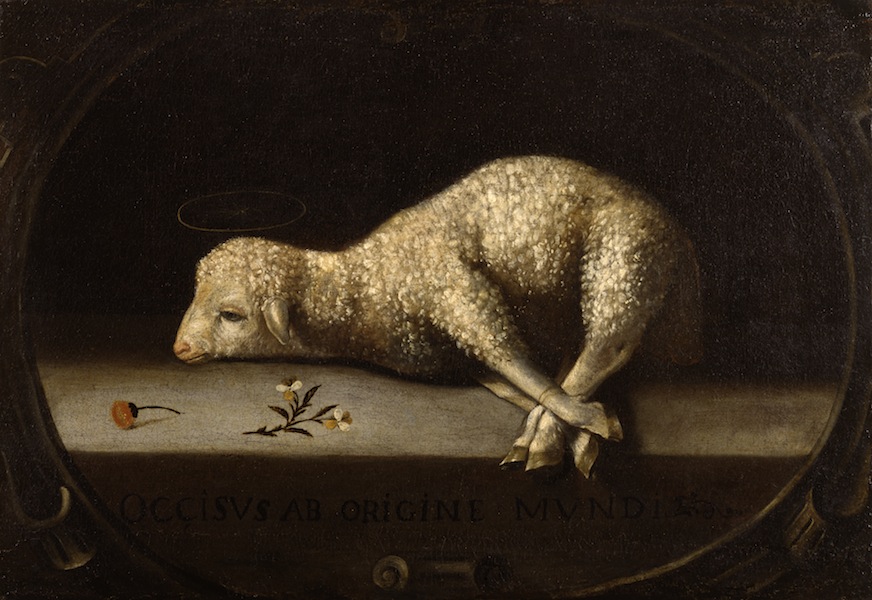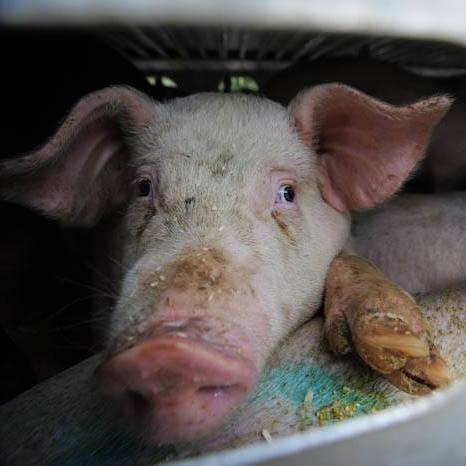1. How common is animal cruelty in supply chains within retail?
The cruelty and suffering endemic to the entire animal supply chain — from breeding, to rearing, to transport to slaughter— is unimaginable to the consumer. It is now being documented worldwide, including in the UK. Inasmuch as the UK supermarkets have direct control or indirect influence on the elements of this chain, it is indeed a problem within retail.
2. To what extent is this true within the UK retail sector, especially with supermarkets and grocers?
By the time the animal product reaches the grocer or supermarket, most of the cruelty and suffering has come to an end, because the animals are dead. But, as noted, inasmuch as the UK supermarkets have direct control or indirect influence on the elements of this chain, it is indeed a problem within retail. In addition, any live animals, such as fish and lobsters sold in supermarkets are still suffering. So are those animals sold in live markets, such as chickens and rabbits.
3. Do you think activist groups are too harsh on retailers or are the attacks justified?
The cruelty and suffering that goes into animal products is enormous, and consumers have no idea of how terrible it is. It is concealed from consumers by the animal production industry, and that is what activists are trying to expose. Since consumers only come into contact with the product at the end of the animal supply chain (the supermarket and grocery) that is the only place activists can bring it to consumers’ attention. This is not done because the supermarket itself is the main locus of the cruelty and suffering, but the cruelty and suffering throughout the chain is all done for the sake of the retail end-product. Hence, again, i inasmuch as the UK supermarkets have direct control or indirect influence on the elements of this chain, it is indeed a problem within retail, and if the measures described below are not adopted, the activists actions against the supermarkets are both justified and essential.
4. What measures can retailers take to ensure animal cruelty doesn’t occur in its supply chains?
First of all, supermarkets should exert all control they possess on the supply chain, and take responsibility for alle evidence of the cruelty and suffering in all four stages of the animal supply chain of which they ae the endpoint. Apart from providing as much as possible by way of plant-based alternatives, retailers can help a great deal by prominently displaying the images of the cruelty and suffering that has gone into the retail product. If retailers did that, honestly and openly, activists would have no need to demonstrate at the retail outlets and could concentrate on gathering the evidence in the supply chain, and doing their protests at the four main points in the supply chain where the cruelty and suffering occur: breeding, rearing, transport and slaughter
5. Is it retailers responsibility to check the practices in their supply chains? If yes/no please explain why.
Yes, and the activists will undoubtedly be very willing to provide the evidence to document it. The reason is to inform the consumer of what has gone into the animal product they are buying. Then the consumer can choose. If this full disclosure is not provided voluntarily by the retailers then not only does the unimaginable cruelty and suffering continue unchecked, unknown to the consumer, but it leaves activists with no choice but to provide the evidence themselves, at the point of purchase.
6. Do you think both Brexit and the pandemic have had an affect on how supply chains in retail are currently running?
It is too early to say. The EU is trying to take legislative steps against the cruelty and suffering, and so is the UK, a populace historically concerned about animal suffering. The pandemic has helped alert the populace to the growing danger of zoonotic (animal-borne or mediated) illnesses to human health — not only from “wet” markets, but, even moreso, from intensive farming conditions that are proving to be generators and incubators of zoonoses (Jones et al. 2013; Wiebers & Feigin 2020; Meurens et al. 2021).
7. Do you think sanctions should be put in place for those retailers found to be facilitating animal cruelty?
There should certainly be sanctions for cruelty to live animals at the retail point to the animal supply chain (involving live chickens, rabbits, fish, lobsters, etc.) but just as important is prominently displaying the images of the cruelty and suffering that has gone into the retail product and the provision of non-animal alternatives. Inasmuch as the UK supermarkets have direct control or indirect influence on the elements of this chain, sanctions should be put in place on the entire supply chain, including the supermarkets.
Jones, B. A., Grace, D., Kock, R., Alonso, S., Rushton, J., Said, M. Y., … & Pfeiffer, D. U. (2013). Zoonosis emergence linked to agricultural intensification and environmental change. Proceedings of the National Academy of Sciences, 110(21), 8399-8404.
Wiebers, D. O., & Feigin, V. L. (2020). What the COVID-19 crisis is telling humanity. Animal Sentience 30(1)
Meurens, F., Dunoyer, C., Fourichon, C., Gerdts, V., Haddad, N., Kortekaas, J., … & Zhu, J. (2021). Animal board invited review: Risks of zoonotic disease emergence at the interface of wildlife and livestock systems. Animal, 15(6), 100241.


